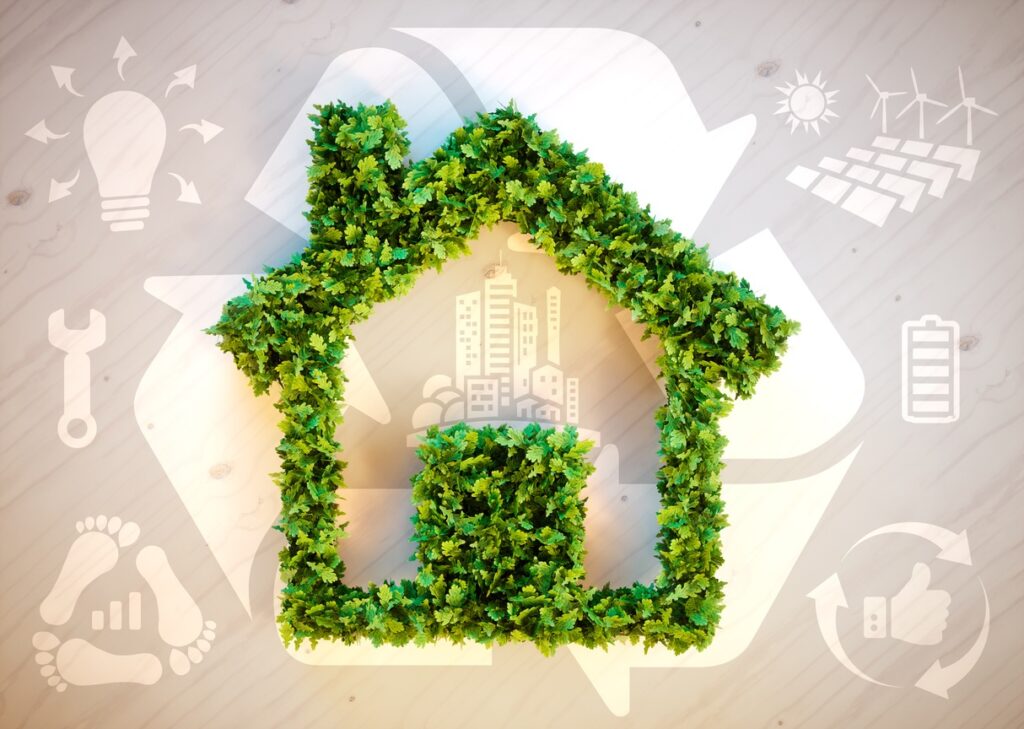
Recent statistics show that the built environment in the UK contributes to around 40% of the country’s total carbon footprint. In the borough of Westminster commercial, residential and institutional buildings account for over 60% of the carbon footprint.
The continued push for the Real Estate sector to become more sustainable means developers are exploring environmentally friendly building practices and two new types of loan have developed – “Green Loans” and “Sustainability Linked Loans”.
Green Loans are attractive for developers as they may be able to obtain margin reductions on such loans. By obtaining Green Loans, companies also indicate their commitment to sustainability which in turn can increase public acceptance of the company itself or of individual projects. Lenders are keen to lend by way of Green Loans as this allows them to diversify their lending and improve their sustainability. It also offers lenders the possibility to gain a better understanding of their borrowers’ business as the evaluation of Green Projects is thorough and requires a detailed assessment from both borrower and lender.
We are preparing a few notes to firstly look into what may be classed as a “Green Project” in the Real Estate sector and secondly points for a developer to consider if it is looking to obtain funding with a Green Loan.
What are Green Projects in the Real Estate Sector?
The Loan Market Association (LMA) defines Green Projects in the Real Estate sector as the acquisition or refinance of a “Green Building” or the retrofitting of buildings to meet Green Building standards.
While the term Green Building is used as yet, somewhat surprisingly, there is no universal standard of what constitutes a Green Building. Working this out may help us to understand what lenders may be prepared to fund as Green Projects.
The World Green Building Council classifies a Green Building as a building that, in its design, construction or operation, reduces or eliminates negative impacts, and can create positive impacts, on our climate and natural environment.
This classification may be a good place to start to work out if the project you are looking at will be a Green Project but it is not the only test that is considered in determining whether or not your project will be treated as a Green Project.
To determine whether your project qualifies as a Green Project developers and lenders may also look at other external standards and certifications such as BREEAM or the Code for Sustainable Homes. In short summary:
- BREEAM is an international scheme that assesses the sustainability performance of projects, infrastructure and buildings. The assessment criteria depends on the type of project. In evaluating the sustainability of the inside use of commercial buildings, for instance, the scheme looks at the energy efficiency of the building envelope, the water efficiency of equipment, recycling facilities, and the planted area – to name just a few.
- The Code for Sustainable Homes is the national standard for the sustainable design and construction of new homes. This standard assesses new homes against nine categories: energy, water, materials, surface water runoff, waste, pollution, health and well-being, management and ecology.
However, it is not one size fits all as lenders can also set out their own internal standards or eligibility criteria for determining what they classify as Green Projects. Such standards will likely be similar to those of external schemes and it is recommended that lenders arrange an external review of the standards they set.
Before applying for a Green Loan, it is equally important for borrowers to ensure that they are documenting the process by which they are determining the eligibility of their project and to produce a framework of eligibility setting out the Green Projects towards which they intend to apply Green Loan funds. If a lender funds it will want to assess the developer’s performance and to monitor that the process set out by the developer is complying with its framework. The developer will need to be prepared to provide additional compliance information to its lender on an ongoing basis. We will consider this area separately in our second note which is to follow.
Please click on the link to view our first Sustainability Series article on; Future Proofing your Commercial Property Portfolio – EPCs
This article is for general purpose and guidance only and does not constitute legal advice. Specific legal advice should be taken before acting on any of the topics covered. No part of this article may be used, reproduced, stored or transmitted in any form, or by any means without the prior permission of Brecher LLP.





